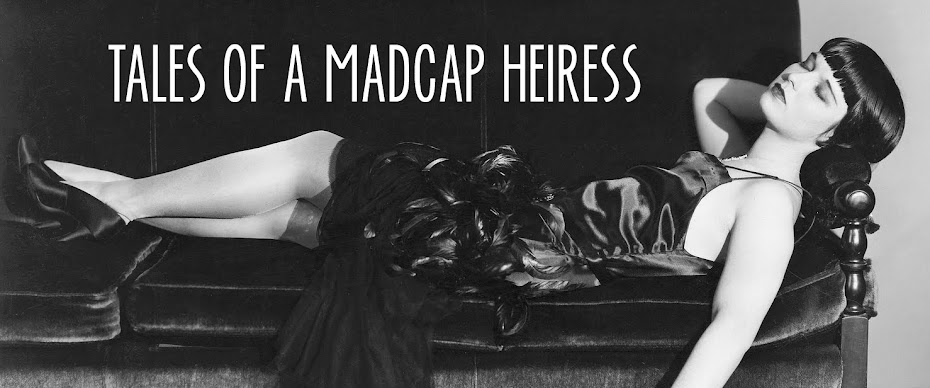The fountain across from the Plaza.
Thanksgiving break is always a luxury—four days during which you’re allowed to overindulge and be a bit of a layabout without anyone pointing fingers. Here is how I've spent my break so far.
On Thursday, after a nice lie-in, I went to the cinema to see the newest Harry Potter. I enjoyed the film although I did miss seeing Hogwarts. Afterwards, there was a leisurely dinner sans the traditional turkey (steak was on the menu this year), which was enjoyed with loads of champagne and adorable pumpkin tarts.
On Friday, after another lie-in (I could really get used to this), I headed up to the Plaza and then strolled slowly down Fifth Avenue, looking at the Christmas windows. Regardless of the crowds of tourists, there’s something so quintessential New York about gazing at the windows. The stores go all out with their displays with some succeeding better than others.
Tiffany & Co.
Some of the theatre goers in the Van Cleef & Arpels windows.
Van Cleef & Arpels has tiny windows but they pack a wallop. This year, sea-themed theatre sets complete with silhouetted theatre goers in the balconies were the stage for some stunning jewels including a gorgeous ring that made it's debut inside a large oyster shell that opened and closed.
My favorite windows always end up being Bergdorf Goodman’s and this year’s “Wish You Were Here” theme did not disappoint. Vintage-styled travel scenes with a fantastical bent were stunning (their website includes a short video on the making of the windows). My photos don’t do them justice (shooting windows is always a tricky thing) but I hope these convey a bit of the magic on display.
After much window gazing, I headed to one of my favorite places in the city. Oh Public Library, how do I love thee? Let me count the ways. I have spent many hours in the main branch (officially the Stephen A. Schwarzman Building), combing through documents and books in some of the special collections, writing in the main reading room, or enjoying a great exhibit. Part of what makes the library such an enjoyable place to visit is its Beaux Arts design and numerous art works (including a portrait of Mary Wollstonecraft in the reading room, which I always find comforting to read under). And the library is especially lovely when it's decorated for the Holidays.
On this visit, I viewed the exhibit “Recollection: Thirty Years of Photography at the New York Public Library.” The black and white images on display were a wonderful example of the best of 20th century photography. Many were grouped together by theme like dogs, where a joyous image of a man with two dogs, “Chester and His Hounds” by Shelby Lee Adams, was juxtaposed with the more distressing Weegee image titled “"Ritz, the puppy belonging to William Kinsman, was one of the casualties of the two-alarm blaze at 157 W. 74th St. yesterday, February 1, 1944." I, of course, had to research little Ritz and was relieved to find another caption that continued, “Noticing the dog had a broken leg, a fireman wrapped him in a blanket and took him to the street.” Hopefully Ritz survived his ordeal. And an exhibit of some of the greats wouldn't be complete without images of Atget’s prostitutes. Love them. The exhibit runs through January 2 so do try and go.
Enough of my rambling dear readers. I still have two more days to enjoy before returning to work. More later. In the meantime, have a lovely weekend.
Photos by Michele.
Enough of my rambling dear readers. I still have two more days to enjoy before returning to work. More later. In the meantime, have a lovely weekend.
Photos by Michele.











